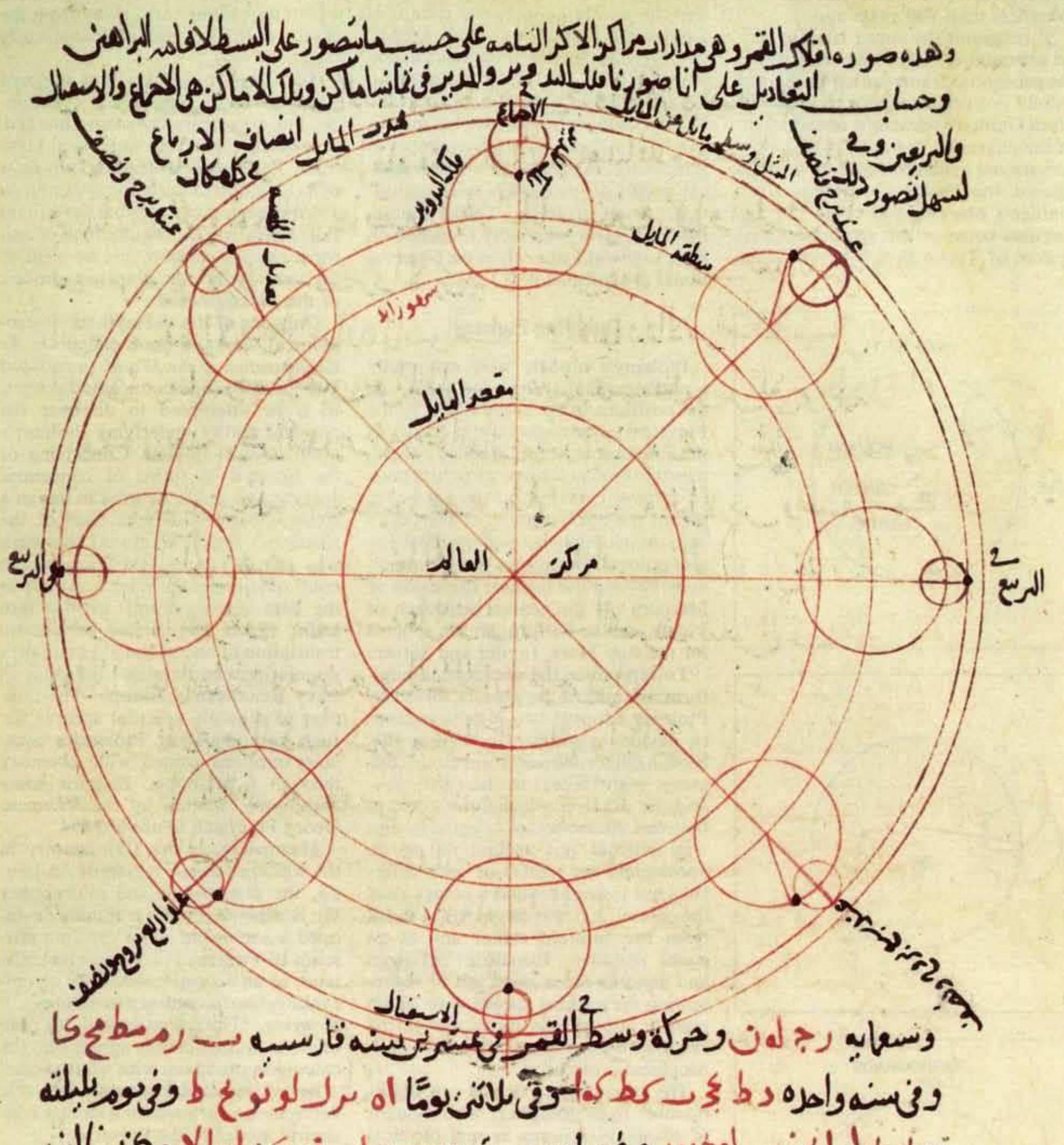
"Ibn al-Shatir was the first astronomer to have successfully challenged the Ptolemaic cosmological system of planets revolving around Earth and corrected the theory's inaccuracies about two centuries before Copernicus."
"The research reveals compelling correlations, especially in the mathematical models used to represent planetary motion."
"Dr. Salama Al-Mansouri's study offers a critical textual analysis of the two astronomers' work, focusing in particular on Copernicus's De revolutionibus orbium coelestium."
"Ibn al-Shatir's astronomical manuscripts, particularly his work in NihÄyat al-Sul, demonstrate planetary models that predate and closely mirror those later proposed by Copernicus."
New research indicates that Nicolaus Copernicus's heliocentric model may have drawn significantly from the work of Ibn al-Shatir, a 14th-century Muslim astronomer. Dr. Salama Al-Mansouri's PhD thesis argues that compelling correlations exist between the planetary models of the two astronomers, highlighting how Ibn al-Shatir's earlier models predate and closely resemble Copernicus's ideas outlined in "On the Revolutions of the Celestial Spheres." This study emphasizes the importance of prior Islamic scientific traditions in shaping modern astronomy and challenges the traditional narrative that often overlooks these contributions.
Read at Medievalists.net
Unable to calculate read time
Collection
[
|
...
]